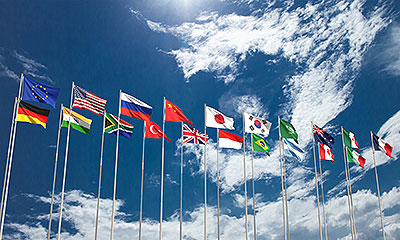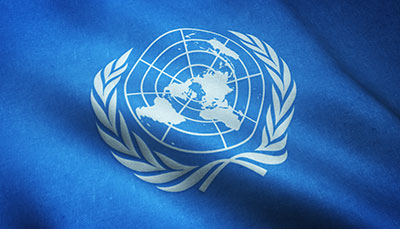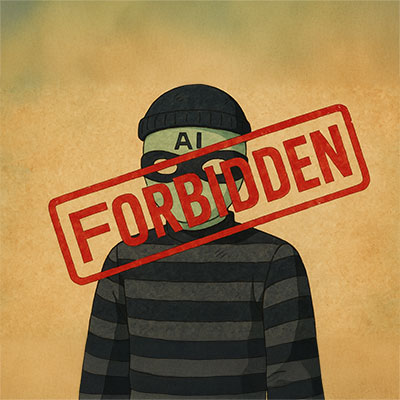AI is transforming industries and societies at an unprecedented pace. However, the regulatory landscape governing AI varies significantly across countries, presenting challenges for global businesses striving to remain compliant. This disparity underscores the pressing need for a unified, global approach to AI regulation.
Divergent AI Regulations Across Countries
The approach to AI regulation differs markedly across regions:
European Union (EU): The EU has been proactive in establishing comprehensive AI regulations. The proposed EU AI Act aims to classify AI systems based on risk levels, imposing stricter requirements on high-risk applications to ensure safety and fundamental rights protection.
United States: The U.S. has adopted a more sector-specific approach, focusing on guidelines and standards rather than overarching legislation. This method allows for flexibility but can lead to inconsistencies across different industries.
China: China has implemented stringent regulations, including laws to standardise the labelling of AI-generated content, reflecting a centralised approach to control and oversight. diligent.com
Japan: Japan’s “Social Principles of Human-Centric AI” emphasise respect for human dignity and societal benefits, guiding AI development with ethical considerations. diligent.com

Challenges for Global Businesses
For multinational corporations, navigating this patchwork of regulations is daunting:
Compliance Complexity: Differing definitions and standards require businesses to tailor their AI strategies to each jurisdiction, increasing operational complexity. datacrossroads.nl
Innovation Stifling: Inconsistent regulations can hinder the deployment of AI technologies across borders, slowing innovation and market expansion. cigionline.org
Legal Risks: Varying compliance requirements elevate the risk of legal challenges, as businesses may inadvertently violate local laws.
The Imperative for Global AI Compliance
Addressing these challenges necessitates a global regulatory framework:
Standardisation: Harmonised regulations would simplify compliance, allowing businesses to implement uniform AI practices worldwide.
Risk Mitigation: A unified approach would help identify and manage AI risks more effectively, protecting consumers and fostering trust. carnegieendowment.org
Economic Efficiency: Global standards would reduce redundant compliance efforts, lowering costs and encouraging innovation. cigionline.org
Current Efforts Towards Global Regulation

Initiatives are underway to bridge regulatory gaps:
AI Safety Summit: In November 2023, the UK hosted the AI Safety Summit at Bletchley Park, bringing together global leaders to discuss AI risks and the need for international cooperation. The summit concluded with the Bletchley Declaration, emphasising safe and responsible AI development. en.wikipedia.org
United Nations Involvement: A UN advisory body has called for the establishment of global AI governance frameworks, highlighting the urgency of international collaboration to manage AI’s rapid development. apnews.com
The Path Forward
Achieving global AI regulation requires: cigionline.org
International Collaboration: Nations must work together to establish common principles and standards for AI development and use. carnegieendowment.org
Flexible Frameworks: Regulations should be adaptable to technological advancements, ensuring they remain relevant and effective.
Stakeholder Engagement: Involving industry leaders, policymakers and civil society in the regulatory process ensures diverse perspectives and balanced policies.
Conclusion
As AI continues to transcend borders, the call for a unified regulatory framework becomes more pressing. While individual countries have made strides in crafting AI policies, the disparities among them pose significant challenges for global businesses. A concerted effort towards global AI regulation is not just desirable but essential to harness AI’s potential responsibly and equitably.
Do we need a global AI regulatory framework? How can international cooperation be fostered to achieve this goal?
Victor A. Lausas
Chief Executive Officer




